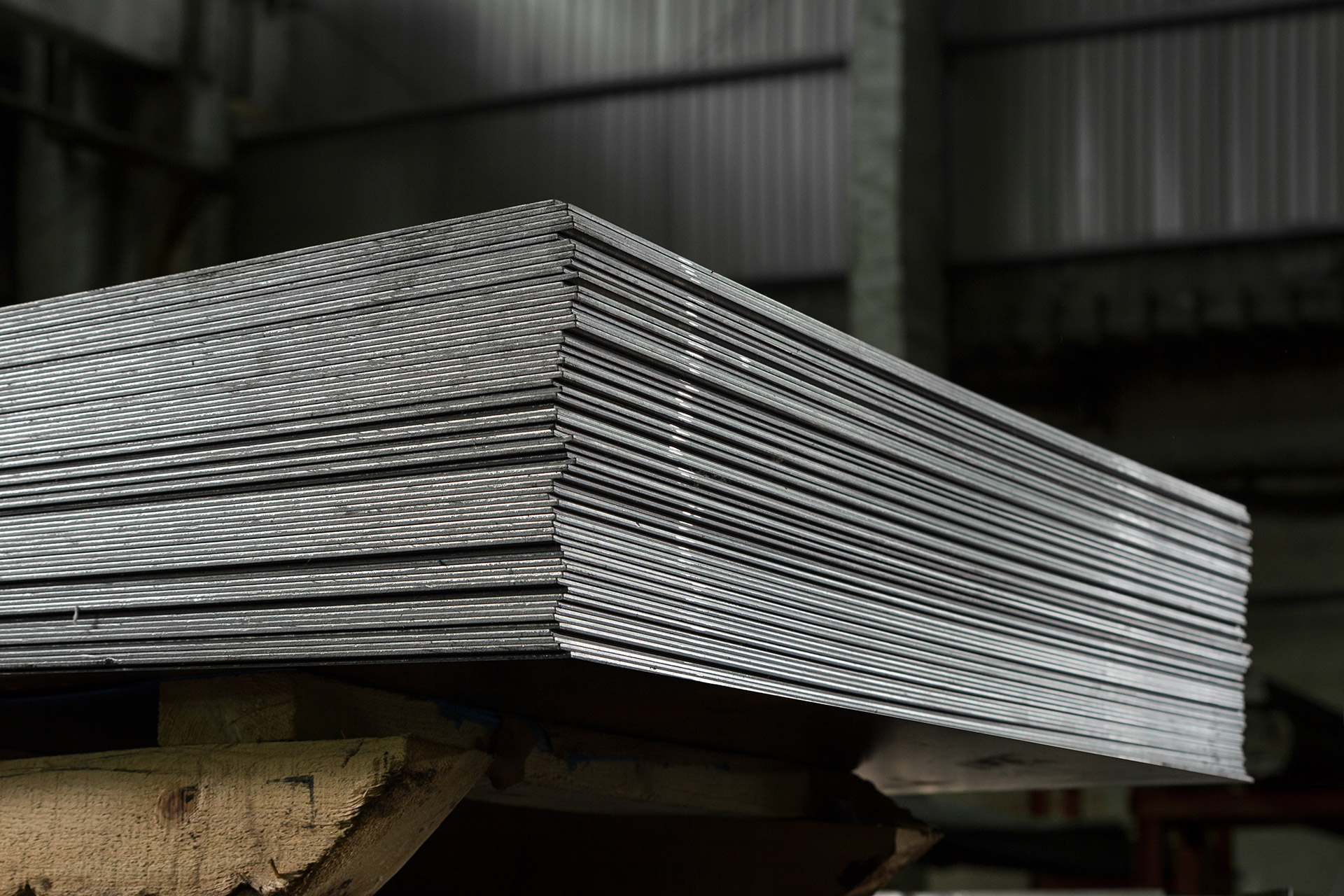In 2021 NLMK increased output of crude steel by 10% on-year to 17.4 million tonnes. However, consolidated sales fell 4% to 16.8mt amid a renewal of slab sales to NLMK USA and lower commercial pig iron sales resulting from higher steel production, NLMK says in a statement sent to Kallanish.
Steel output increased on the back of basic oxygen and blast furnace upgrades at the principal Lipetsk site and higher output at the Russian Long products and NLMK USA segments.
Fourth-quarter steel output rose 16% on-quarter and on-year to 4.5mt, as oxygen supply infrastructure was repaired after the incident in August. Consolidated sales rose 8% on-quarter and 6% on-year to 4.5mt, as finished products sales gained 12% on-quarter and 18% on-year to 3.1mt on higher galvanised and hot rolled steel deliveries.
But sales growth was slower than output growth, rising 4% on-quarter and 5% on-year to 4.35mt. This was amid a 26% on-quarter and 16% on-year reduction in merchant semis shipments as internal slab shipments doubled on-quarter. Billet sales fell 86% on-quarter in Q4 amid negative profitability due to temporary export duties. The share of semis in sales was 31% or 1.4mt, down 2 percentage points on-quarter and 7pp on-year. Finished products sales at 3.1mt were up 12% on-quarter and 18% on-year.
NLMK cut Q4 export sales by 17% on-quarter and 21% on-year to 1.2mt amid high demand in home markets. This grew 14% on-quarter and 20% on-year to 3.2mt, with US sales at 0.52mt, down 11% on-quarter and up 41% on-year, and EU sales up 12% on-quarter and down 17% on-year. Russian sales grew 24% on-quarter and 31% on-year to 3.16mt on high construction sector activity.
Annual sales declined by 4% on-year to 16.8mt as sales of merchant semis fell 20% to 3.9mt on higher internal supply to NLMK USA, although finished products sales rose 6% to 11.2mt. Home market sales rose 6% to 11.4mt amid higher Russian and US consumption, while export sales fell 22% to 5.2mt due to the high baseline in 2020, when supplies were redirected to export markets.






